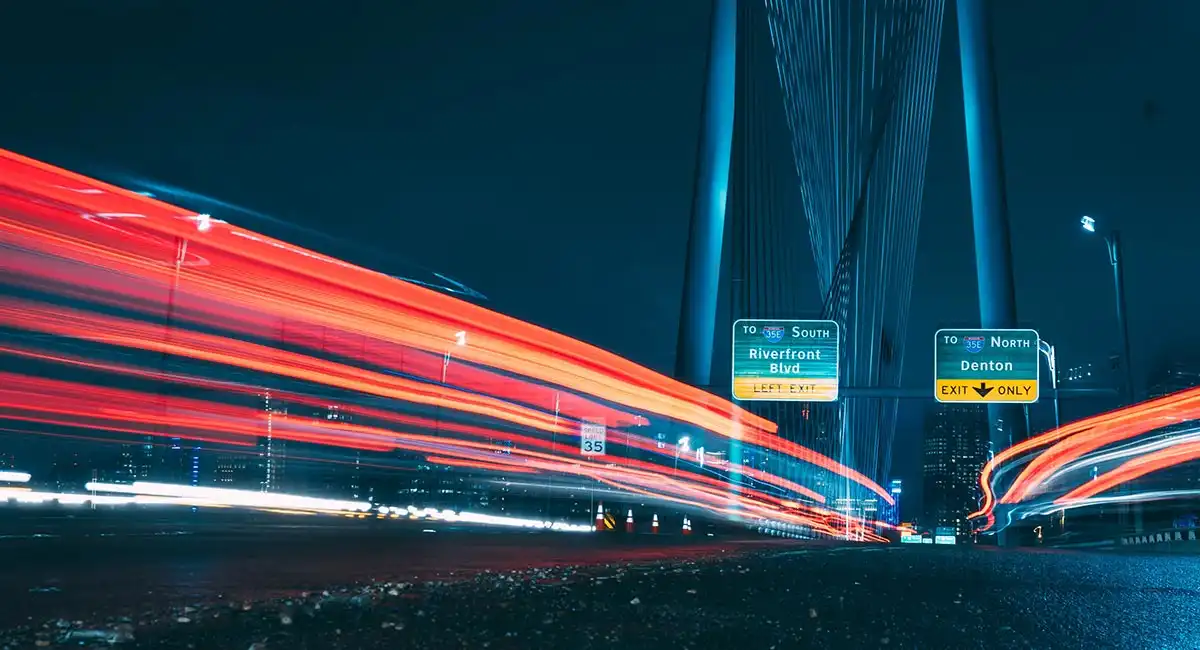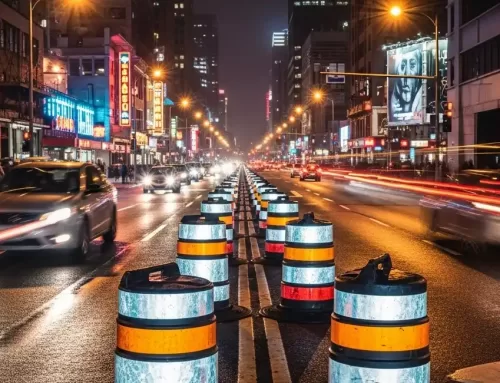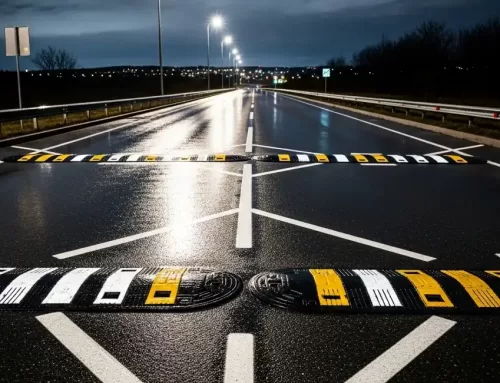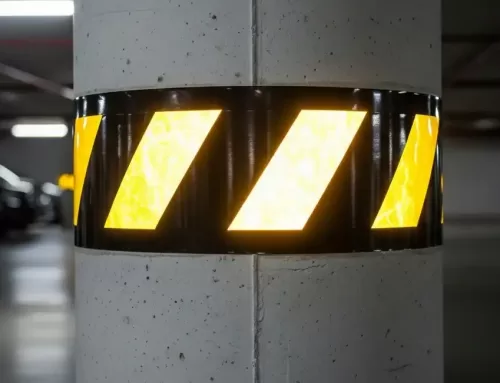What is the composition and material makeup of this prismatic reflective film

In the realm of reflective materials, prismatic reflective film stands out as a marvel of engineering and innovation. This specialized film, known for its high-intensity reflectivity, is a pivotal component in various applications, ranging from traffic safety to signage and even in fashion. Understanding its composition and material makeup not only sheds light on its effectiveness but also its versatile utility in our modern world.
1. The Heart of Reflection: Microprismatic Layer
The cornerstone of prismatic reflective film lies in its microprismatic layer. This layer is a dense array of minute prisms, meticulously crafted from materials like acrylic or polycarbonate. These microprisms are precision-engineered to bend and reflect light back towards its source, a principle known as retroreflection. The efficiency of this layer is remarkable, with some films reflecting up to 70% of incident light, a significant advancement from traditional glass bead reflective technology.
At the heart of prismatic reflective film is the microprismatic layer. Made from high-quality materials like acrylic or polycarbonate, these tiny prisms efficiently reflect light back to its source. This retroreflective technology is particularly useful in traffic signs and vehicle wraps, where visibility is paramount. The microprisms’ ability to catch and bounce back light ensures that signs and vehicles are clearly visible, especially at night or in low-light conditions, significantly reducing accidents and enhancing road safety.
2. Sticking to the Surface: Adhesive Layer
Adherence is crucial for the practical application of reflective films. The adhesive layer, usually a pressure-sensitive veneer, ensures the film can be securely applied to various substrates. This layer’s versatility allows the film to be used on diverse surfaces, from metallic road signs to rugged outdoor equipment, ensuring durability and longevity.
In outdoor advertising and construction, this layer’s strength and flexibility ensure that the film remains intact in diverse weather conditions, from scorching heat to freezing cold. The adhesive’s quality guarantees that the film remains affixed to surfaces without peeling or cracking, making it a reliable choice for long-term applications.
3. Backbone of the Film: Backing Material
Supporting the reflective and adhesive layers is the backing material, typically composed of robust materials like vinyl or polyester. This layer not only provides structural integrity but also plays a pivotal role in weather resistance. The evolution of backing materials over time has significantly enhanced the film’s overall durability, making it a reliable choice for long-term outdoor use.
This layer protects the film against physical damage and wear, making it suitable for high-impact areas like construction zones and industrial machinery. The backing’s resilience ensures that the reflective film can withstand mechanical stresses and environmental factors, maintaining its integrity and functionality over time.
4. Shielding with Precision: Protective Coating or Overlay
To preserve the film’s reflective properties and prevent environmental wear, a protective coating is applied. This coating is often clear and may include UV-blocking additives to prevent fading and degradation. The development of these coatings has been a significant step in extending the film’s lifespan, especially in harsh weather conditions.
This coating often includes UV inhibitors to prevent fading and degradation, ensuring the film remains effective and vibrant for years. In applications like outdoor signage and marine safety equipment, this protective layer is vital for maintaining visibility and color integrity, even under constant exposure to sunlight and harsh weather.
5. Adding Color and Visibility: Color Layer
The color layer of prismatic reflective film is not just aesthetic but functional. It enhances visibility, especially in low-light conditions. The integration of vibrant colors has been a game-changer in safety and signage, providing high visibility in a variety of hues.
Different colors are used for various applications: red and white for road safety signs, fluorescent colors for high-visibility clothing, and blue or green for informational signage. The color layer not only makes the film more noticeable but also conveys specific messages based on color coding standards, crucial in emergency and safety scenarios.
6. Preparation for Application: Release Liner
During manufacturing, a release liner is used to protect the adhesive layer. This component is crucial for ensuring the film’s quality and effectiveness until it’s ready for application.
The release liner, a temporary component, protects the adhesive layer during storage and transportation. It ensures that the film remains in pristine condition until application. This aspect is particularly important in industries where precision and quality are non-negotiable, such as in aerospace or automotive manufacturing.
Conclusion
Prismatic reflective film is a testament to the advancements in material science and engineering. Its layered composition, combining microprismatic technology with durable materials and protective coatings, illustrates a perfect harmony of function and form. As technology progresses, we can anticipate further enhancements in reflective sheeting, ensuring that prismatic reflective film remains a vital component in safety, design, and beyond.





